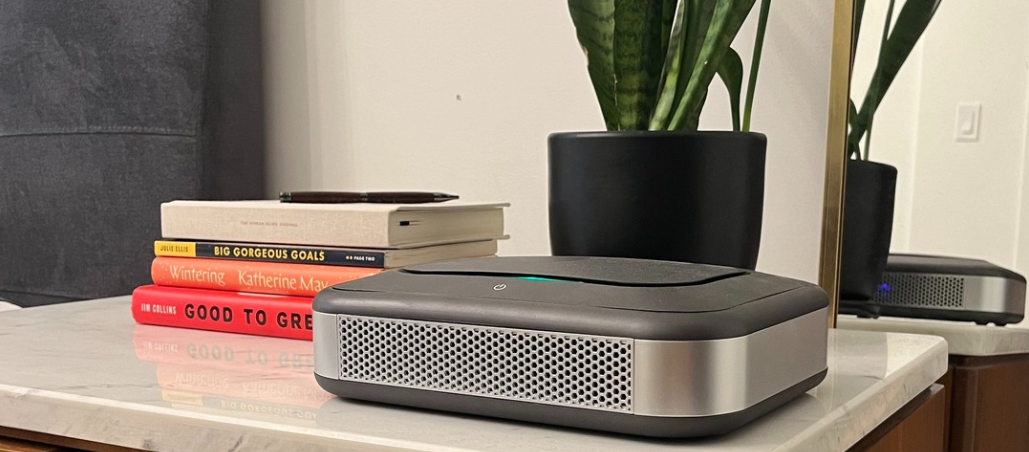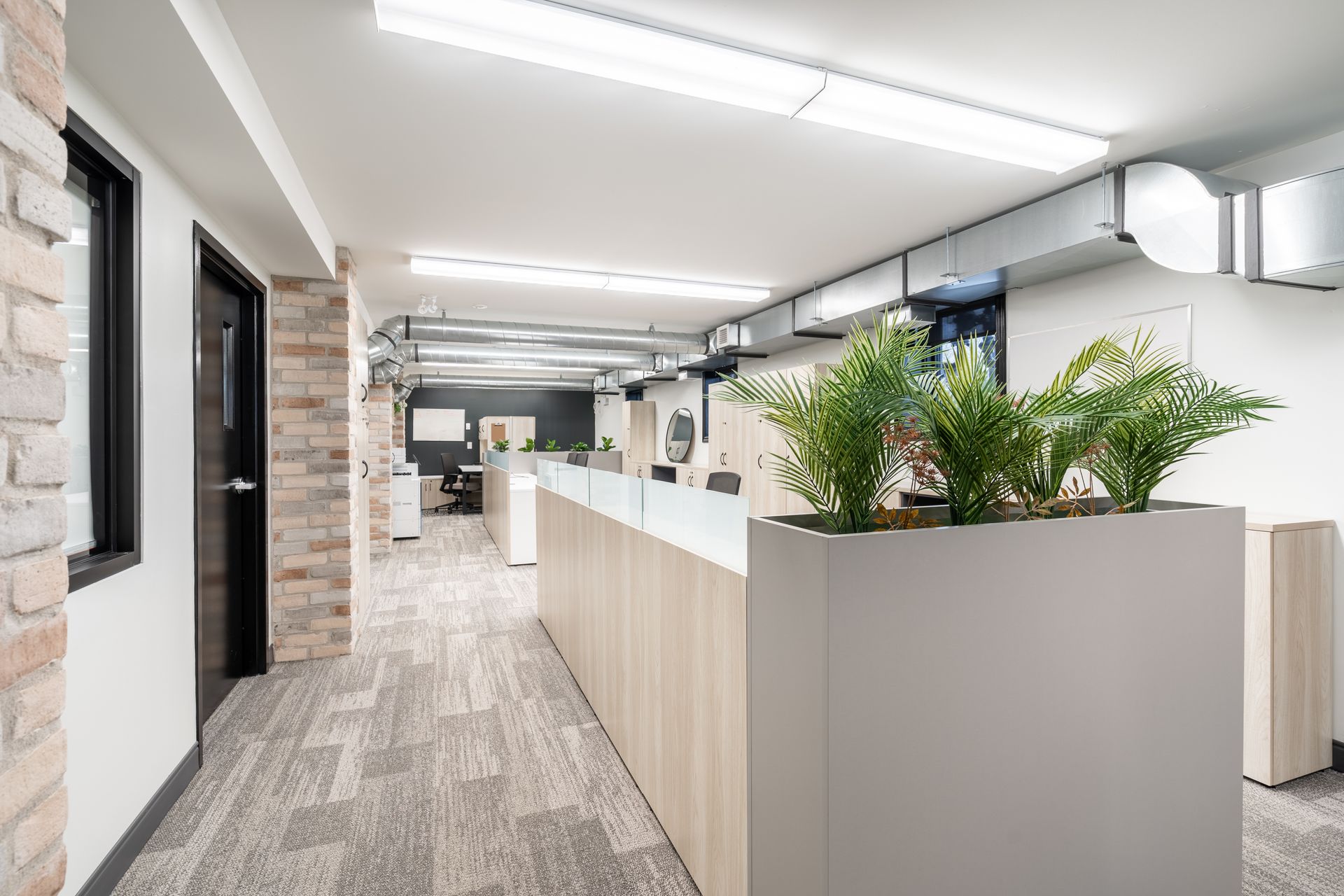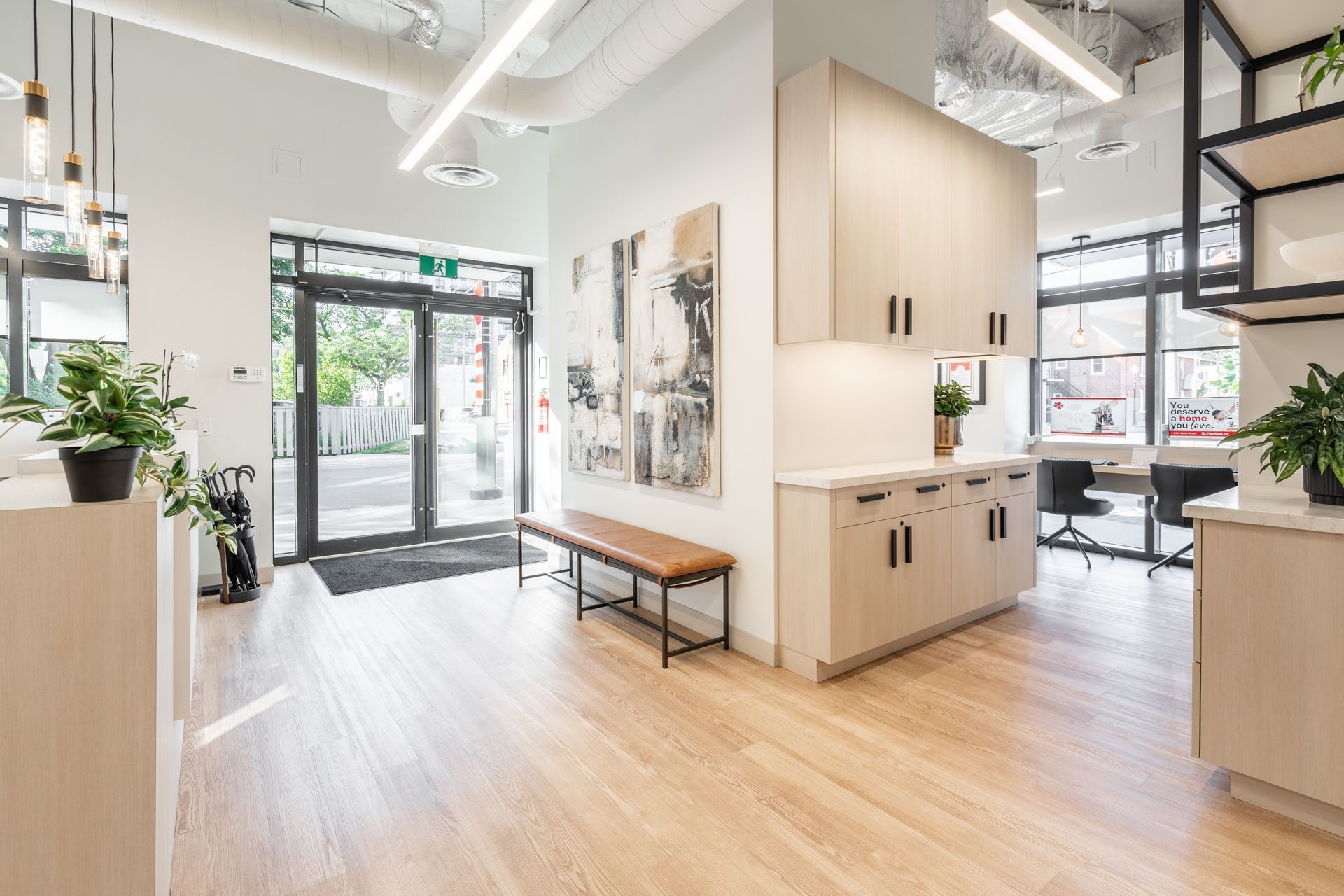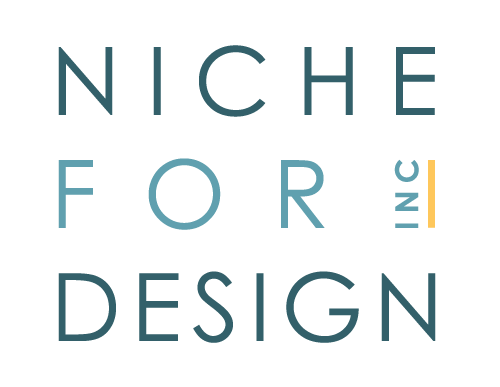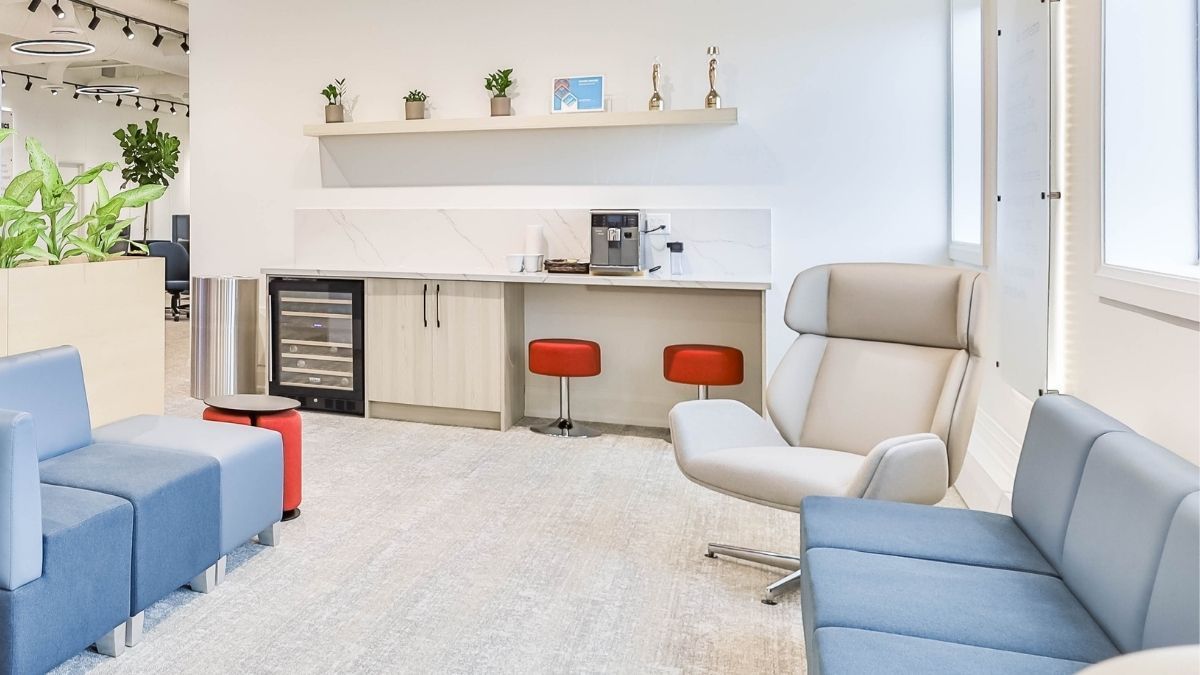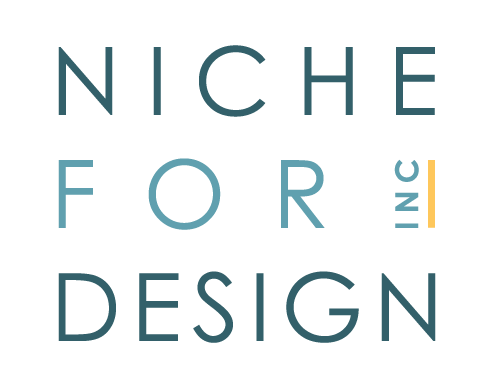How to help prospective buyers or tenants visualize the potential in a commercial listing
In the competitive world of commercial real estate, visualizing potential uses of a property can make all the difference in securing a lease or sale. For realtors, landlords, and property managers, presenting a space in its best light is crucial. However, empty spaces often leave prospects struggling to see their potential. This is where 3D renderings and 2D space planning come into play, offering a cost-effective solution to marketing available commercial properties.
Why Visualization Matters
Imagine walking into an empty, cavernous space. Without a clear vision, it can be difficult to picture its potential as a bustling office, chic retail store, or trendy restaurant. Prospective tenants or buyers might quickly move on to properties that are easier to envision. A turn-key space, already fitted out for a specific use, might seem like an appealing solution, but it comes with significant drawbacks.
Why You May Not Want to Renovate Before Listing
Renovating a space without knowing the end use can be incredibly costly. You might end up investing in features that don’t align with what potential tenants or buyers are looking for. A high-end office fit-out might be perfect for one client but completely off-putting to another looking for a more industrial aesthetic. Moreover, a highly customized pre-fitted space limits the pool of interested parties to those whose needs match the existing layout, potentially extending the time the property remains vacant.
Clean Slate versus Turn Key Space Could be Beneficial
Turn Key spaces can be seen as appealing in today's market, however, offering a clean slate type space gives prospective tenants or buyers the freedom to envision how the space could work for them, while removing clutter and features that could be seen as undesirable. A clean space and a robust fit-out option for perspective tenants can be especially desirable. Rather than completely turn key, opt for clean, open and ready for simple customization. This could mean base finishes like flooring and paint are updated and walls could be removed if they are likely to prohibit the potential uses. With the help of 3D renderings and 2D space planning, you can further transform that blank canvas to further show options for a visually compelling property that showcases multiple potential uses. This approach not only broadens your market but also keeps renovation costs in check.
Benefits of 3D Renderings and 2D Space Planning
Cost-Effective Customization: Instead of spending on a full renovation, you can invest in high-quality 3D renderings and 2D plans that highlight different layouts and uses. This minimal investment can significantly enhance the appeal of your property.
Enhanced Visualization: Detailed 3D renderings allow prospects to see the property fully furnished and operational, tailored to various business types. This helps them imagine their business thriving in the space.
Flexibility in Marketing: With multiple renderings showcasing different layouts, you can target a broader range of potential tenants or buyers. Show how the space can function as a retail store, office, restaurant, or even a combination of these uses.
Streamlined Decision-Making: Prospects can make more informed decisions when they can visualize the end result. This can lead to quicker commitments and reduce the time your property remains on the market.
Consider a vacant commercial property that can be divided into smaller units. Using 3D renderings, you can present one version of the space as a co-working hub, another as a boutique retail space, and yet another as a chic restaurant. 2D space planning can further illustrate how the space can be demised into smaller, rentable units, maximizing the property’s versatility and appeal.
In the fast-paced commercial real estate market, 3D renderings and 2D space planning provide a powerful, cost-effective tool for showcasing the potential of your property. By enabling prospects to visualize different uses, you can attract a wider range of tenants or buyers, minimize renovation costs, and reduce vacancy periods. Embrace this innovative approach to transform your marketing strategy and maximize your property's appeal.
Ready to see the potential of your commercial property come to life? Contact us today to learn more about our 3D rendering and 2D space planning services.
Like this resource? Feel free to share...
